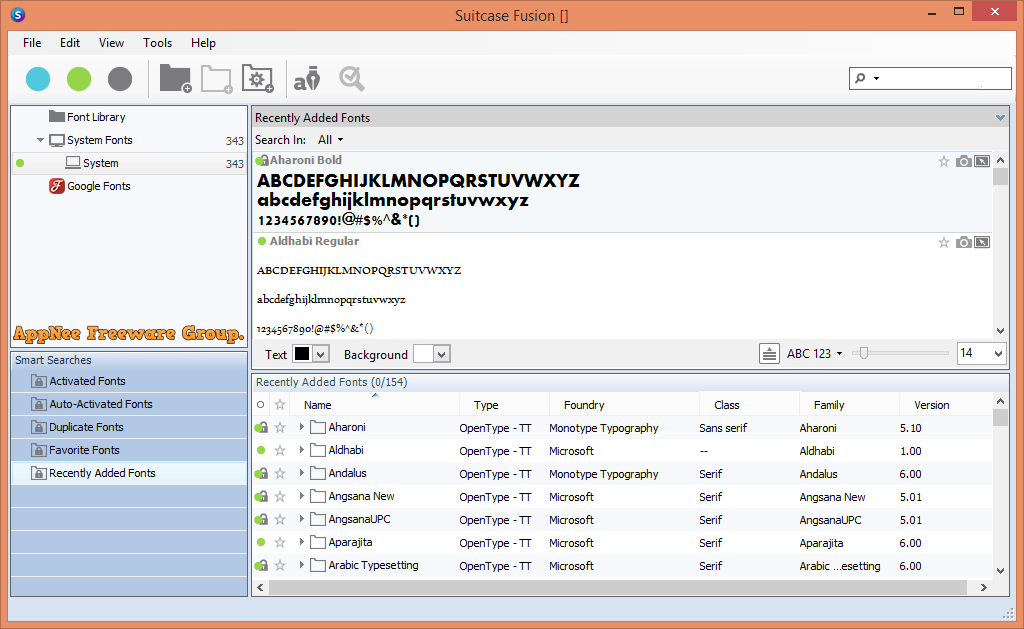

The centriole, which is provided by the sperm, will divide to form the two poles of the mitotic spindle during cleavage. In normal monospermy, in which only one sperm enters the egg, a haploid sperm nucleus and a haploid egg nucleus combine to form the diploid nucleus of the fertilized egg (zygote), thus restoring the chromosome number appropriate for the species. In sea urchins, as in most animals studied, any sperm that enters the egg can provide a haploid nucleus and a centriole to the egg. When the membranes are fused, the sperm nucleus, mitochondria, centriole, and flagellum can enter the egg.Īs soon as one sperm has entered the egg, the fusibility of the egg membrane, which was so necessary to get the sperm inside the egg, becomes a dangerous liability. Mice homozygous for mutant fertilin have sperm with several defects, one of them being the inability to fuse with the egg plasma membrane ( Cho et al. Thus, fertilin appears to bind the sperm plasma membrane to the egg plasma membrane and then to fuse the two of them together. Moreover, like sea urchin bindin (to which it is not structurally related), fertilin has a hydrophobic region that could potentially mediate the union of the two membranes ( Almeida et al. It adheres the sperm to the egg by binding to the α6β1 integrin protein on the egg plasma membrane ( Evans et al.

Mouse fertilin is localized to the posterior plasma membrane of the sperm head ( Hunnicut et al. In mammals, the fertilin proteins in the sperm plasma membrane are essential for sperm membrane-egg membrane fusion ( Primakoff et al. This region is able to fuse phospholipid vesicles ( Ulrich et al.

Glabe (1985) has shown that sea urchin bindin will cause phospholipid vesicles to fuse together and that, like viral fusogenic proteins, bindin contains a long stretch of hydrophobic amino acids near its amino terminus. It seems that bindin plays a second role as a fusogenic protein. Fusion is an active process, often mediated by specific “fusogenic” proteins. In several other species, certain regions of the membrane are specialized for sperm recognition and fusion ( Vacquier 1979). In the sea urchin, all regions of the egg plasma membrane are capable of fusing with sperm. The “bald” spot (without microvilli) is where the polar body has budded off. (A) Scanning electron micrograph of sperm fusing with egg. A similar process occurs during the fusion of mammalian gametes ( Yanagimachi and Noda 1970 Figure 7.20).Įntry of sperm into golden hamster egg. The sperm nucleus and tail pass through the resulting cytoplasmic bridge, which is widened by the actin polymerization. The sperm and egg plasma membranes then join together, and material from the sperm membrane can later be found on the egg membrane ( Gundersen et al. Homology between the egg and the sperm is again demonstrated, because the transitory fertilization cone, like the acrosomal process, appears to be extended by the polymerization of actin. Sperm-egg binding appears to cause the extension of several microvilli to form the fertilization cone ( Summers et al. The entry of a sperm into a sea urchin egg is illustrated in Figure 7.19. This lysis is followed by the fusion of the sperm plasma membrane with the plasma membrane of the egg. Recognition of sperm by the vitelline envelope or zona pellucida is followed by the lysis of that portion of the envelope or zona in the region of the sperm head by the acrosomal enzymes ( Colwin and Colwin 1960 Epel 1980). In addition, you can access all kinds of information regarding the source of the fonts.Fusion of the egg and sperm plasma membranes Suitcase Fusion allows you to adjust the font of any text instantly and see the result. You can create your own sets of fonts and organize them in any way to enhance your regular workflow. Having perfectly organized fonts that are ready to be used is very important when working in the field of design.
#SUITCASE FUSION 7 SLOW WINDOWS#
Suitcase Fusion is a font manager for Windows that lets you manage all installed fonts and import new collections.


 0 kommentar(er)
0 kommentar(er)
